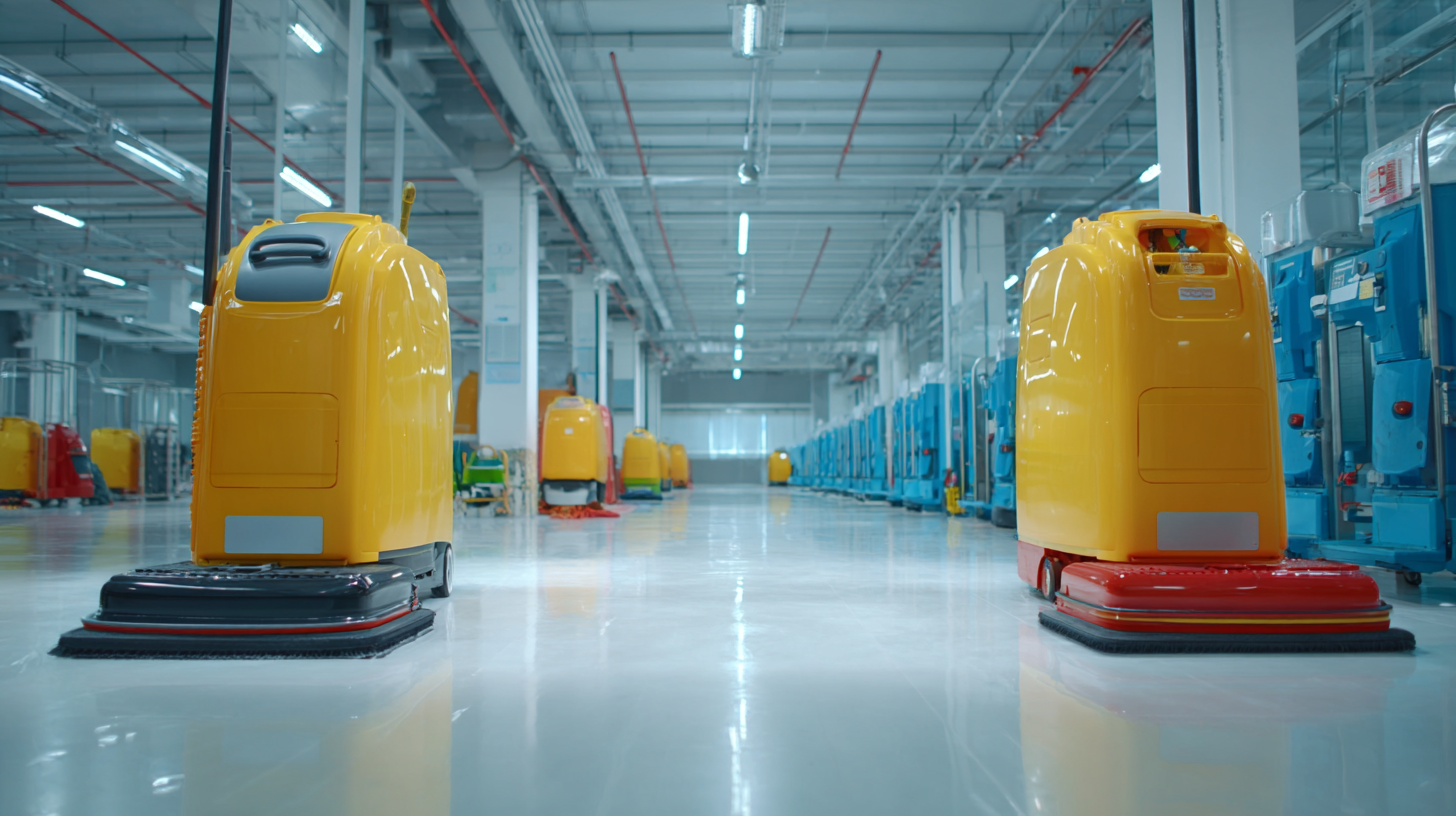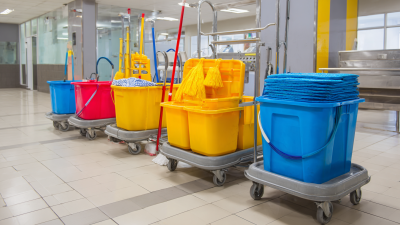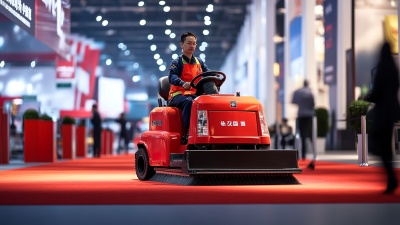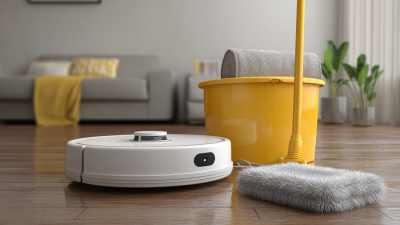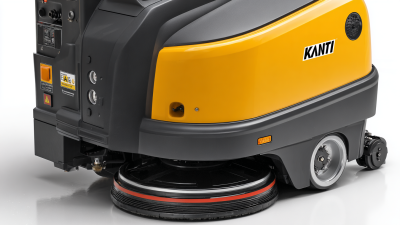Inquiry
Form loading...
Selecting the right cleaner equipment for your business is not just about choosing the most popular or well-advertised brands; it is a crucial decision that can significantly impact operational efficiency and overall performance. According to a report by IBISWorld, the commercial cleaning industry has been projected to grow annually by 6.5%, reaching a market size of $78 billion by 2025. This surge in demand underscores the necessity for businesses to invest in high-quality, innovative cleaning solutions that meet their specific needs.
Furthermore, a study conducted by the International Custodial Equipment and Supplies Association (ICEA) shows that the right cleaning equipment can improve productivity by up to 30%, while also enhancing safety and cleanliness standards. Therefore, understanding the varying types of cleaner equipment available, along with their unique functions and benefits, is essential for businesses aiming to optimize operations and ensure a clean and healthy environment for both employees and customers.
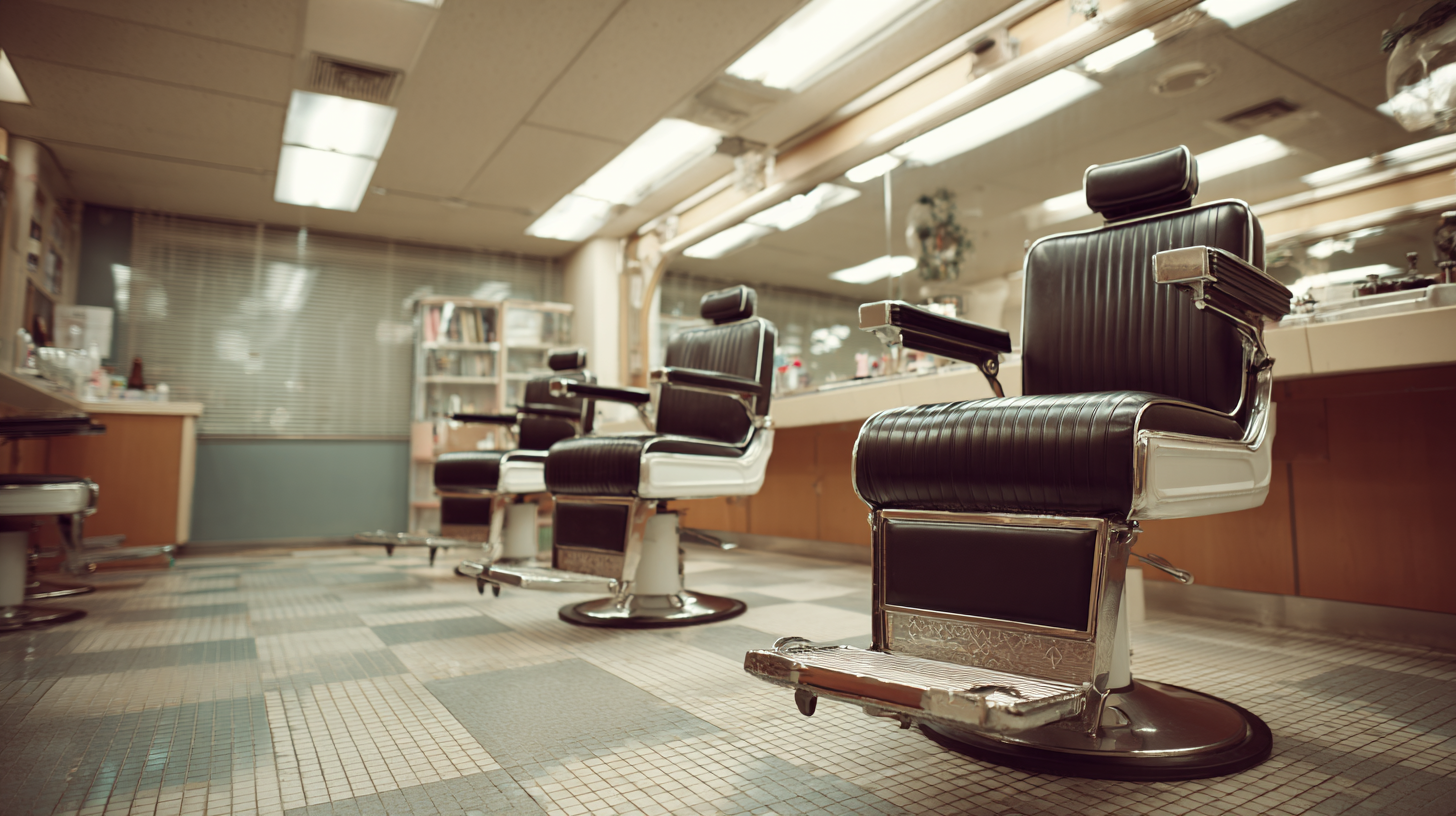
Identifying the cleaning requirements of your business environment is critical for selecting the right cleaning equipment. Different industries have unique cleaning challenges; for instance, the healthcare sector demands stringent sanitation standards to prevent infections, while educational institutions require versatile solutions to handle a wide range of messes. According to a report from the International Sanitary Supply Association (ISSA), 80% of business owners believe that cleanliness directly impacts employee productivity, highlighting the importance of investing in suitable cleaning equipment.
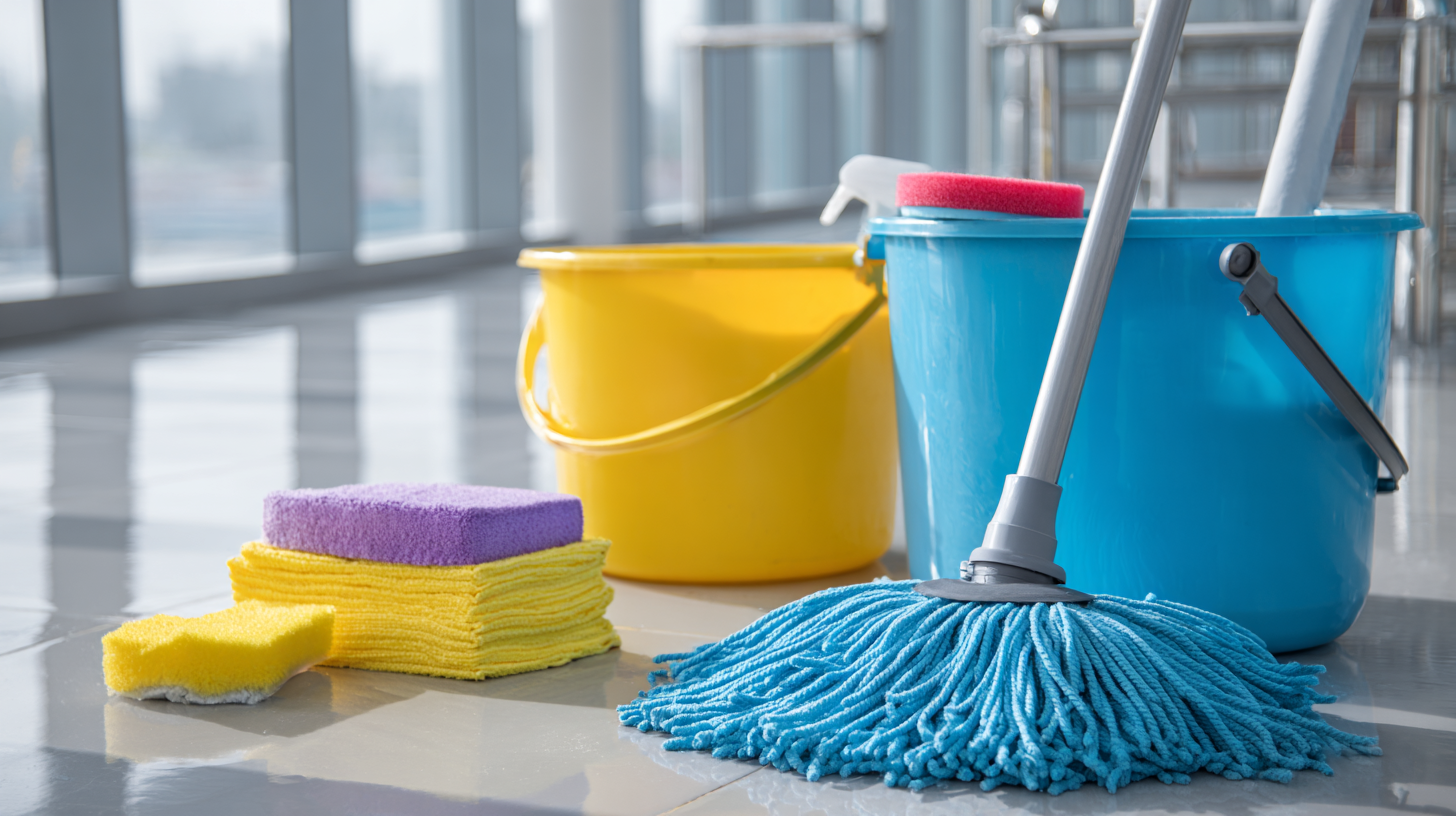
Tips: Assess the specific cleaning tasks you need to address in your environment. For instance, if you manage a restaurant, options like commercial dishwashers and floor scrubbers are essential. In contrast, an office space may prioritize vacuum cleaners and surface sanitizers. Conducting a thorough needs assessment can save costs in the long run by ensuring you purchase only what is necessary.
Consider also the types of surfaces and materials in your establishment. A report by the Cleaning Industry Research Institute (CIRI) suggests that understanding the different cleaning methods suitable for various surfaces can improve effectiveness and longevity of your equipment. If you encounter specialized surfaces, like carpets or hardwood floors, make sure to select equipment that caters to those needs, enhancing both cleanliness and safety.
When evaluating different types of cleaning equipment available for your business, it is essential to consider the specific needs of your environment. Commercial spaces vary widely, from restaurants to office buildings, and each type may require tailored cleaning solutions. For instance, heavy-duty vacuum cleaners are ideal for large carpeted areas, while steam cleaners can effectively sanitize hard surfaces in healthcare settings. Understanding the unique requirements of your space will guide you in choosing equipment that maximizes efficiency and ensures optimal cleanliness.
Additionally, it’s crucial to assess the features and technology of various cleaning equipment. For instance, eco-friendly machines are becoming increasingly popular as businesses strive to minimize their environmental impact. Equipment with advanced filtration systems can improve indoor air quality, making them suitable for any setting that prioritizes health and safety. Moreover, investing in multifunctional devices can save both time and money, as they allow you to tackle multiple cleaning tasks with a single piece of equipment. Balancing these factors will help you make informed decisions that align with your business's operational needs and sustainability goals.
| Type of Equipment | Best Use | Key Features | Price Range ($) | Maintenance Level |
|---|---|---|---|---|
| Vacuum Cleaner | General cleaning of carpets and floors | HEPA filters, multiple attachments | 100 - 500 | Low |
| Pressure Washer | Outdoor surfaces and heavy-duty cleaning | Adjustable pressure, various nozzles | 200 - 1200 | Medium |
| Floor Scrubber | Large-scale floor cleaning | Automatic scrubbers, squeegees | 800 - 5000 | High |
| Steam Cleaner | Sanitizing various surfaces | High-temperature steam, multi-use | 150 - 700 | Medium |
| Carpet Extractor | Deep cleaning carpets | Hot water extraction, brushes | 300 - 2000 | High |
When selecting the right cleaning equipment for your business, a pivotal consideration is establishing a budget that aligns with your operational needs and maintaining cost-effectiveness. According to industry reports, the market for high-end cordless stick vacuums is projected to reach approximately $3.33 billion by 2025, with a significant compound annual growth rate (CAGR) of 6.2% expected through 2033. This data highlights a growing demand for advanced cleaning solutions that not only perform well but also enhance operational efficiency.
Additionally, the second-hand medical equipment market shows robust growth potential, with values rising from $950 million in 2022 to an estimated $1.58 billion by 2030, reflecting a CAGR of 7.0% from 2024 to 2030. Investing in reliable, pre-owned equipment can present a cost-effective alternative for businesses aiming to reduce overheads while still maintaining high cleaning standards. Carefully analyzing these trends and aligning them with your financial parameters will ensure that your cleaning equipment choices are both economically viable and tailored to your specific business needs.
When selecting the right cleaning equipment for your business, the ease of use and maintenance are essential factors to consider. Recent tests highlight the advantages of mop-vacuum combos in streamlining cleaning operations. For instance, top-rated models have demonstrated superior performance, effectively managing various messes while reducing the time and effort required for floor maintenance. This innovation caters to the growing demand for user-friendly equipment, which is critical in busy commercial environments where efficiency is paramount.
In the floorcare industry, the increasing emphasis on hygiene and cleanliness is evident. Data indicates a robust growth trajectory in 2024, with market experts attributing this rise to a heightened societal focus on health. This trend suggests that investing in easy-to-use, low-maintenance cleaning solutions isn't just beneficial—it's a necessity for businesses aiming to maintain high standards of cleanliness. As more providers develop user-centric designs, choosing equipment that minimizes upkeep while maximizing performance will be pivotal in meeting both operational goals and customer expectations.
When selecting cleaner equipment for your business, researching brand reputation and customer reviews is crucial. A strong brand reputation can be a good indicator of quality and reliability. Look for brands that have consistently positive feedback over time. Additionally, consider the company's history in the market and check if they have any awards or certifications that reflect their commitment to quality.
Tips: To research effectively, utilize online review platforms and social media to gather customer opinions. Pay attention to common themes in the feedback, such as durability, efficiency, and customer service responsiveness. Engaging with online communities or forums can also provide valuable insights directly from fellow business owners who have used the equipment.
Another important aspect is to consider customer reviews related to your industry specifically. Equipment that works well for one type of business may not be ideal for another. Look for reviews that mention real-life applications and performance in environments similar to yours. This targeted approach ensures that you choose equipment that meets your unique operational needs effectively.
